|
So we have hollow logs and trees on our land and this can be a real problem. We honestly had no idea that this was even a thing until we started clearing the land to put our private driveway in. Turns out this is a pretty common problem. It is also a dangerous problem, but I will get to that in a minute.
Why are the trees hollow? This is a question that I needed an answer to. I guess this is why I am a science teacher....I need reasons and answers. I not only wanted to know why, but exactly what causes it, how to prevent it if possible, and how to recognize trees that might be hollow inside and pose a danger. Ok, so the reason they are hollow is because they literally have a fungus eating them from the inside out. Yup, sounds gross. But apparently that is what it is. It is sometimes called heart rot because it is eating away at the 'heart' of the tree. There are actually different circumstances that can cause the fungus to eat away at the inside of the tree quite rapidly. For example, too much water will allow the fungus to thrive and this was one of the most common answers I was given when I asked people who live in the Adirondacks - it's caused by too much water. The answer makes sense if you have ever been in the Adirondacks in the spring. Have you ever heard of the muddy season? When the snow melts the Adirondack park becomes a giant mud puddle. It was even hard to walk around our land in the spring - only high spots could be navigated without sinking in. But the water just helps the fungus to grow, it is not the cause.
What causes the fungus?
The Adirondacks can be a pretty dangerous place when the weather suddenly changes and the winds pick up. Especially in the spring when the ground is so wet and soft. The trees tend to be very tall and the roots are not necessarily deep due to the bedrock being near the surface in a lot of areas. During this time trees can fall very easily. Seriously, I know this first hand. We were hiking around our land this past spring when this happened. I was standing in what is not our clearing listening to trees crack as they began to fall. It was one of the scariest moments in my life. I heard it, but I didn't know where it was. I just stood still urning in circles to see what was falling so I would know if I needed to run or not. Luckily it fell a good 20' away from me. I was also fortunate that it did not hit another tree and cause it to also fall (also a very common occurrence). So anyway, as we spend more and more time on our land we are learning more and more about the dangers that lurk beyond the beauty and peace of it all. So back to the fungus. When winds blow and trees fall, branches also tend to break. Trees can also be damaged by vehicles and work equipment, and even humans when clearing a path. Anywhere a branch has been broken or cut off an open wound is literally left behind for the fungus to grow and enter the tree. The fungus is always out there and is referred to as shelf fungi or fungal conks. They come in different shapes and sizes and can also be beneficial in some ways. However, the conks are how we are going to be able to identify the trees that are most probably hollow. All we have to do is identify the trees with a lot of conks going up it and that would be the one we want to cut down because it is not healthy and has the potential to fall easily in the next storm.
What to do?
Well, we will begin harvesting the trees that we believe to be hollow or damaged and we will use the wood! It could simply be burned, but we prefer to be more creative. I have already made some beautiful picture frames (video and post coming soon) and we have plans to make some end tables and maybe even a coffee table. Nothing goes to waste! Even the soft material inside is great for the garden! Check out the video we made of us harvesting the wood, laying it out to dry, and even cutting a few slices to make picture frames and please subscribe to our YouTube channel! It would help us out a lot :-)
Here is a video of the photo frames I made with some of the slices my husband cut:
Thanks for visiting!
Sincerely,
Sources:
2 Comments
We have bats. I know for a fact because they have literally flown past my head. This mostly happens ad dusk when we are swimming in the pool. The bugs just love to hover right above the surface of the pool so the bats just love to swoop in and "chomp" on them! I don’t mind though. In fact, I am actually thrilled because with all the mosquito born illnesses being discussed on a daily basis in the news we certainly want to get rid of them. So we welcome the bats because, well, they eat this nasty mosquitoes right up!!!
Think about it. Have you ever heard anything good about mosquitos? I certainly haven't. I just 'googled' the question and the only good thing that came up is that they are part of the food web. Yup, they are good food for birds, fish,frogs and, of course, bats! Their purposes on Earth is to be food for other animals. Sort of the bottom of the food web. So I guess it makes sense that we (humans I mean) do everything we can to either get rid of or to minimize their presence. On a community level they spray neighborhoods regularly where we live. I don't really like this, but even with the spray the mosquitoes are horrible. On a personal level people use all kinds of sprays and lotions, burn citronella candles, buy mosquito zappers, and more. In our yard we make sure there is no standing water, we make natural DIY mosquito repellant (essential oil recipe here), and of course use citronella in lots of places. And now, we finally have a bat house that holds up to 100 bats! But we are not hanging it at our current house, we are hanging it on our future homestead! Yes, that's right, we have decided to hang the bat house on our land in the Adirondacks. We chose to do this because the summer is when the mosquitoes are the worst and last summer when we were working on the land we were literally eaten alive. So this summer we are hoping to decrease the mosquito population by luring bats in the area where we plan to build our house. Check out our video on You Tube of How NOT to Hang a Bat House:
What are the benefits of a bat house?
What are the negatives?
Check out our YouTube video about why you NEED a bat house! Please be sure to subscribe to our YouTube channel for future videos!
What next?
Buy or build a bat house – some links for plans and some links to buy it 1. Build a Bat house with one of these plans: - Single Chambered Bat House by Bat Conservation International - Plans, Tips and More from from the Organization for Bat Conservation 2. Buy a Bat house at this link (same one I have): - Single Chamber Bat House by Organization for Bat Conservation $49.99 Paint the Bat House: Depending upon where you live and the average temperatures, the color you paint it will vary. We painted ours black because of our location.
Hanging the Bat House
If You Build it They Will Come....Maybe
"What?" After all that work there is a chance that no bats will move in? This is true, thats a possibility. So here's how to increase your chances of having bats move in:
Update! We have purchased a new ladder (Gorilla Ladder 22') and relocated the bat house! Check out our new video of us using the ladder to relocate the bat house :-)
Thanks for visiting!
I would love to hear if you have a bat house and how it has worked out for you :-) Check out our Bats and Bat Houses Pinterest page for more information and tons of other plans and ideas. Sincerely,
Sources:
http://www.cdc.gov/rabies/bats/education/ www.mayoclinic.org/diseases-conditions/histoplasmosis/basics/definition/con-20026585
Ways to Conserve Water at NO COST to you:
Ways to Conserve Water at a Minimal Cost (but are worth it!):

Links:
http://www.epa.gov/WaterSense/pubs/fixleak.html http://www.epa.gov/watersense/ http://www.epa.gov/WaterSense/docs/ws_waterenergy508.pdf
Thanks for visiting!
Sincerely,
|
Hi there! I'm Kathie, the author behind Creating A Simpler Life blog. I'm excited to share our longterm projects (and planning) toward building our future retirement homestead in the Adirondack Mountains of New York. In the meantime I will be sharing all the other little things we do that are part of creating our simpler life!
Categories
All
Archives
July 2020
|

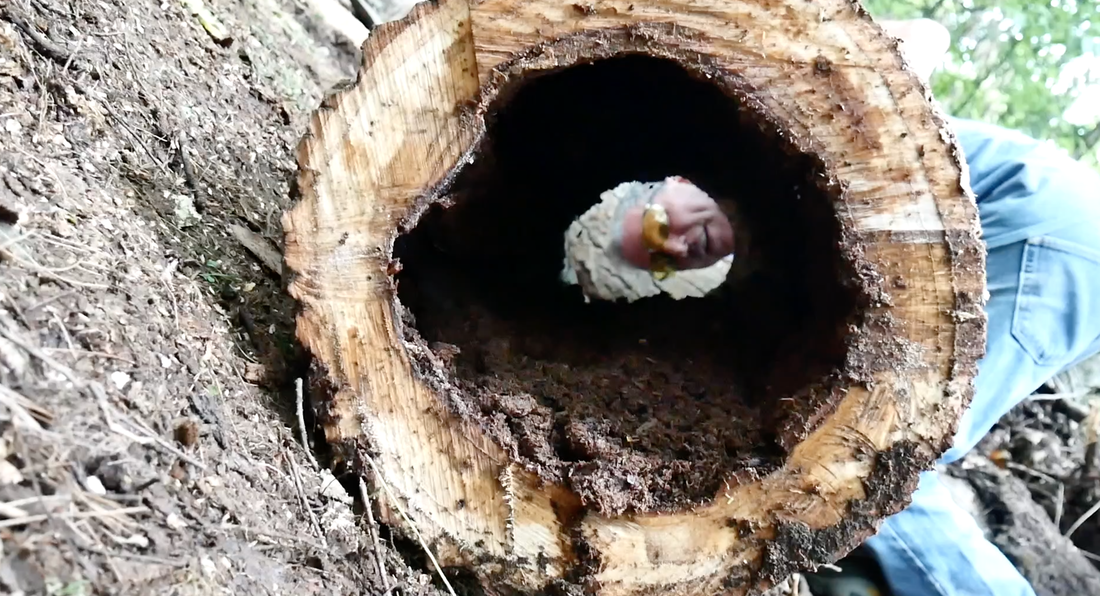
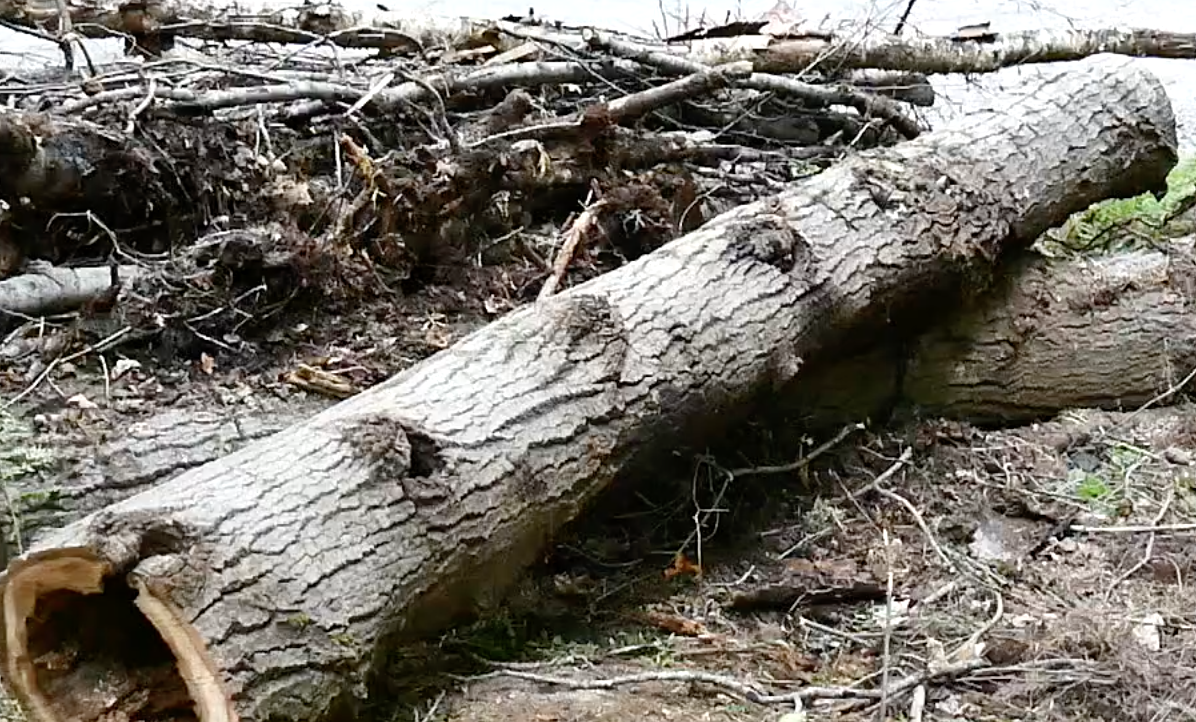
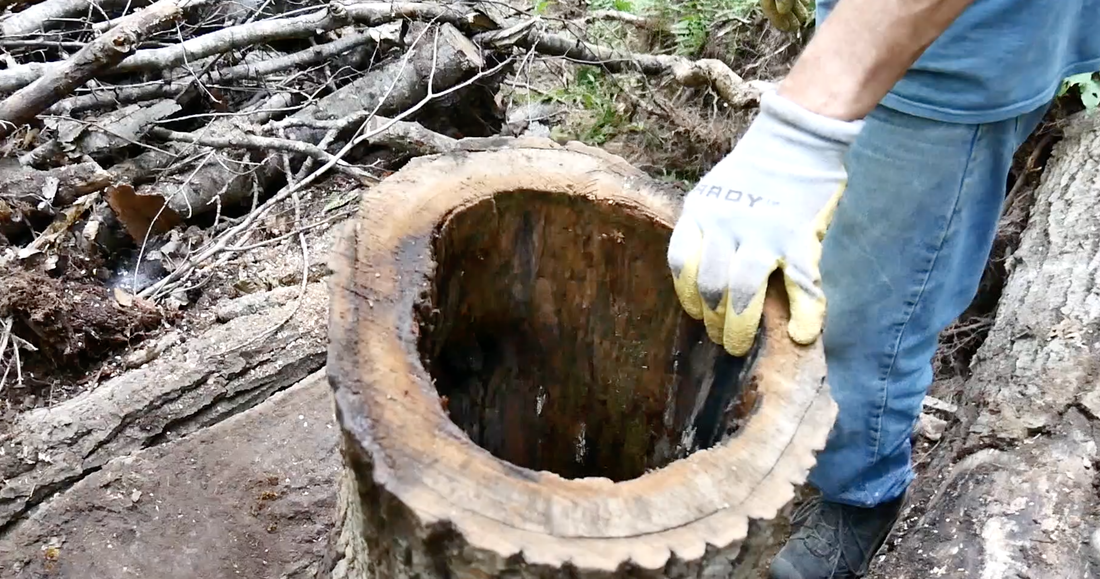

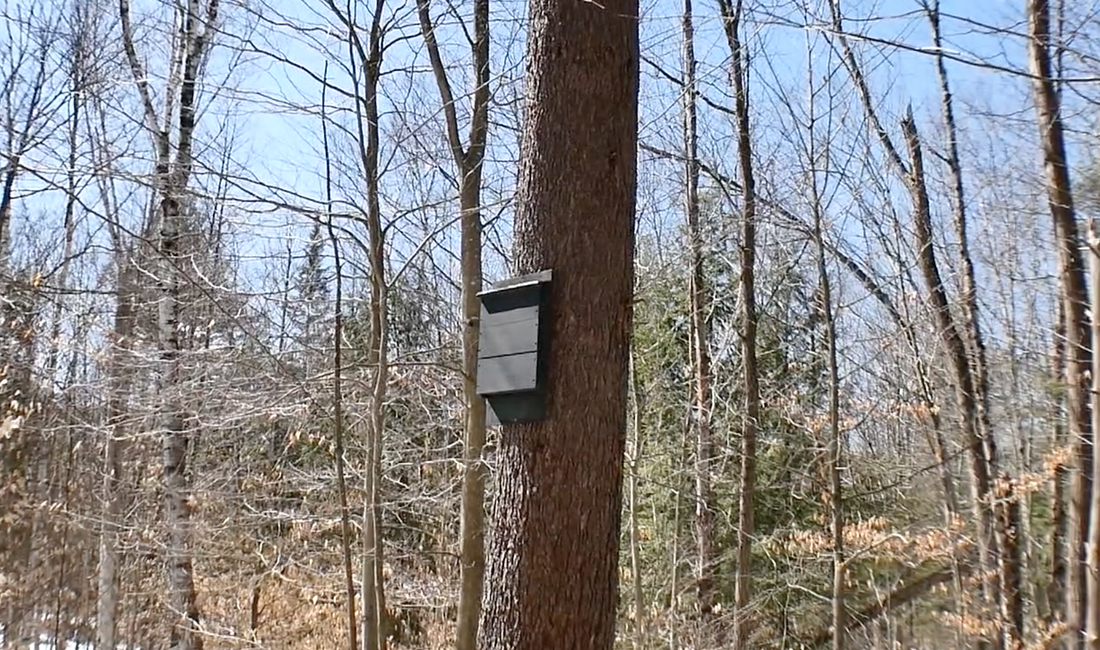
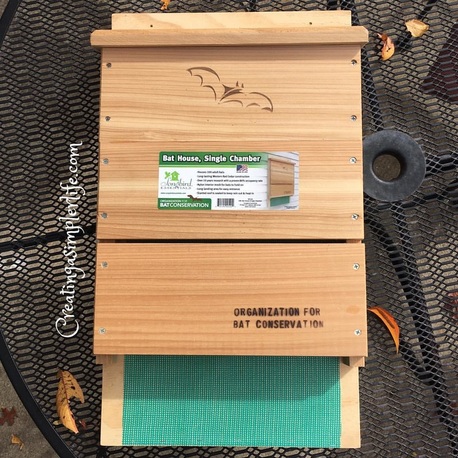
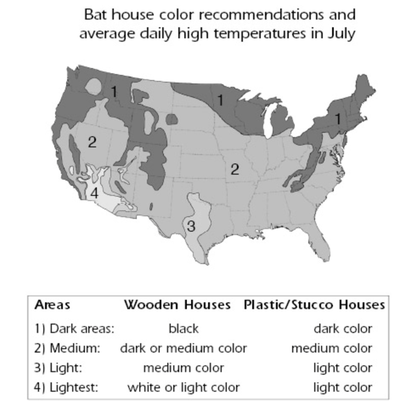
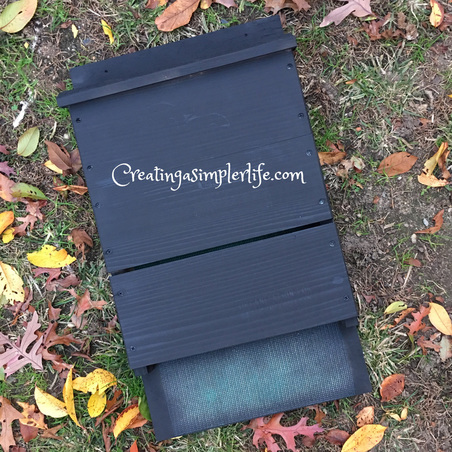

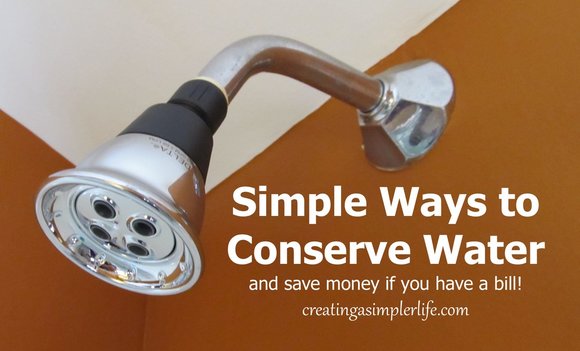


 RSS Feed
RSS Feed